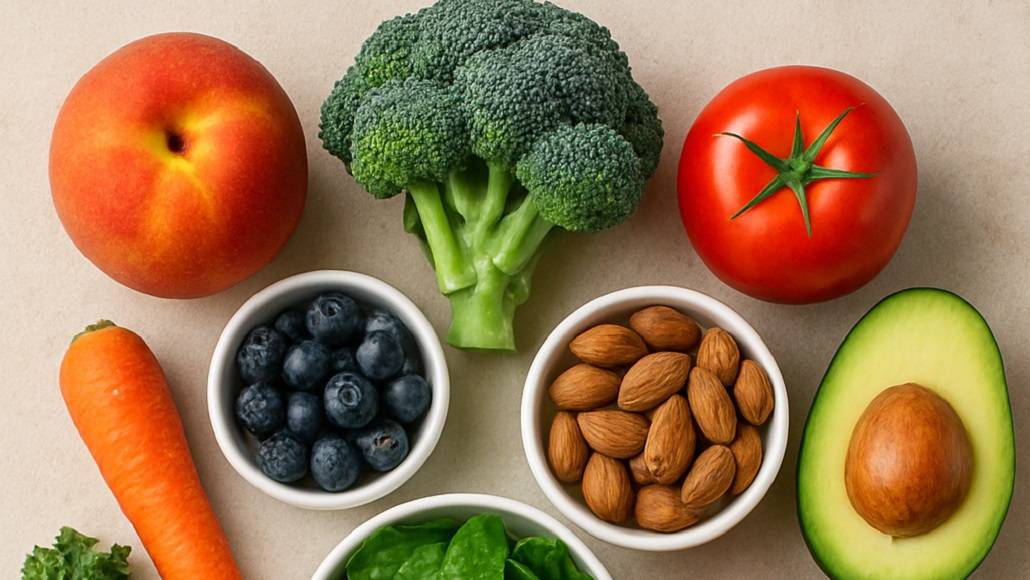Modern menus prioritize speed over nutrient density. Processed snacks outcompete fresh produce in convenience and marketing. The result is diets high in energy yet surprisingly low in micronutrients. Plant-based eating is gaining traction as the antidote to that quiet deficiency.
Why Plant-Based Nutrients Make a Difference
A ripe peach or crisp broccoli floret is more than fuel. It’s a compact payload of antioxidants, trace minerals, and complex phytonutrients that synthetic blends struggle to match in variety. Recent research confirms that plant-sourced vitamins often have superior bioavailability, meaning your body recognizes and uses them efficiently. The right produce can deliver a nutrient jolt tailored to real physiological needs, not just broad-spectrum basics.
Key Players Inside Your Produce Bowl
Vitamin A, vitamin C, vitamin K, folate. Carotenoids and flavonoids working in nuanced, cellular ways. Lutein quietly safeguarding retinal health while quercetin tempers inflammation signals. These compounds don’t shout for attention, but their cumulative impact shows up in sharper vision, steadier immunity, and cleaner recovery after stress.
Synergy in Action: Vitamins and Minerals Teaming Up
Vitamin C makes plant-based iron far more accessible. Fat in an avocado unlocks the absorption potential of spinach’s vitamin K. Picture a forkful of bright bell pepper tangled with dark greens. Simple combinations can magnify nutrient uptake without changing a meal’s flavor profile.
Overcoming Common Barriers to Fruit and Vegetable Intake
Time is a bully in most kitchens. Taste fatigue kills enthusiasm after the third day of salads. Seasonal gaps leave grocery shelves anemic in variety. The fixes are pragmatic: stash freeze-dried powders in your desk drawer, carry single-serve dried fruit mixes, batch-prep roasted vegetables so they’re always in arm’s reach.
Smart Strategies for Daily Plant Nutrition
Stock a blender station for fast, tailored smoothies. Layer salad jars so lunch is a flip-and-pour exercise, not a kitchen project. Keep stir-fry templates on standby and rotate vegetables weekly to prevent palate boredom. Swap part of a sauce base with puréed carrots or peppers to stealth-load micronutrients into ordinary meals.
When Diet Alone Falls Short: Boosting with Supplements
Travel days, business sprints, and selective palates can sabotage even the best meal plans. Strategic supplementation can backfill the gaps left behind. Quality fruit and vegetable vitamins can act as an insurance policy when your plate can’t keep up with your calendar.
Tracking Your Progress: Simple Tools and Markers
A quick smartphone snapshot of meals creates a visual food log without tedious entry forms. Certain apps can flag trends in produce variety or color groups. Watch for improvement in skin clarity, steadier afternoon energy, and smoother digestion. These markers reveal progress faster than a blood test appointment.
Securing Long-Term Health Through Plant Power
Elevated daily energy, faster recovery from strain, and a tighter immune response rarely come from a single dietary overhaul. They’re built through relentless, incremental choices that favor plants over fillers. Commit to the habit and your body will quietly reprogram its baseline for the better year after year.




















